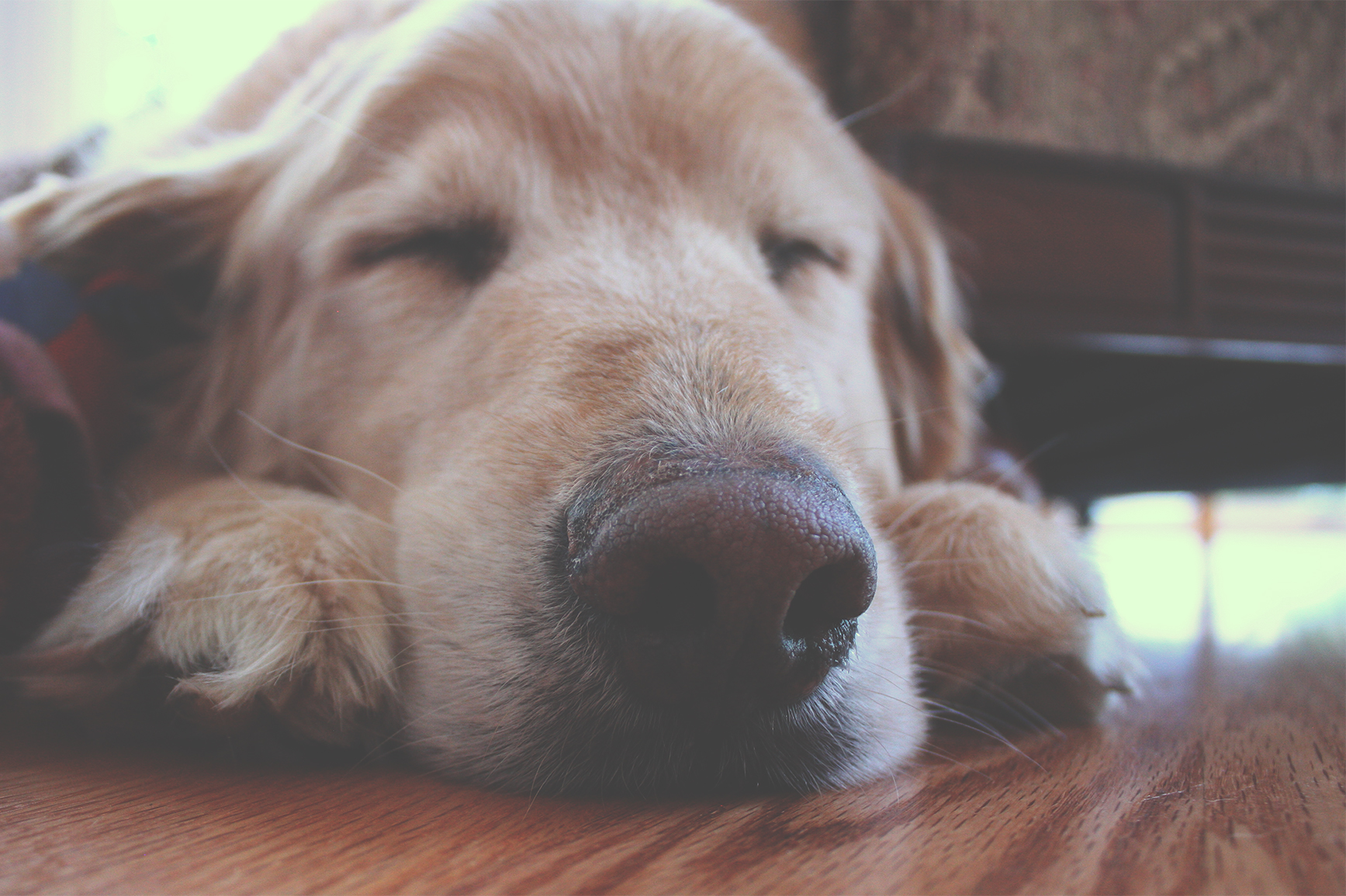
Top 5 Signs Of Aging Canines
From exuberance to painfully curious, endlessly energetic to wildly hilarious, the energy and enthusiasm of a puppy seemingly stems from a never-ending well. As you get to know your dog, and as time rolls on, they settle into their personalities, preferences and patterns.
As they age, just like us humans, there are things changing in their bodies. From how their systems function, to the way they process nutrients, to their brain function and beyond, aging canines begin to have different needs over time.
How do you know when it’s time to check in and potentially take your pet for a check up? Here are some common signs that your dog may be aging, and some great reasons to book in with your vet to get more information on how you can best support them:
● Slowing down. When the boisterous puppy-playfulness begins to wear off, and a dog starts to feel the wear and tear on their body, they may exhibit some difficulty moving. This could be them being slower to stand up and sit down, difficulty with stairs, hesitation on hardwood floors or the inability to jump onto, or off, surfaces they used to frequent.
● Surface issues. Skin problems—from lumps and bumps to rashes and calluses—can be a topical sign of a dog’s aging. This could result in them itching, scratching or gnawing at an area on their body, trying to alleviate the irritation. You may also notice grey, or lightening, hair (much like how we age!), normally around the nose, mouth and eyes.
● Personality Changes. Not only from a playfulness perspective connected to discomfort with movement, personality changes could also show up with the dog becoming blue or depressed seeming, or more aggressive and agitated.
● Trying To Cry. Increased vocalization can be a mark of an animal trying to express pain, or that is experiencing anxiety or stress. It may not be aggressive barking or growling, yet their vocalization may occur on a more frequent and consistent basis.
● Struggles To See. While your pet may not be walking into things or stumbling over themselves, vision loss can show up with dogs being easily spooked when someone, or another animal, approaches them in a developing ‘blind spot’. They may also lose some depth perception, or develop a cloudy look to their eyes.
Being able to spot any early signs of aging comes down to taking note of your canine’s behavior: what’s the same, and what seems to be changing? Even some of the smallest shifts could be an indication that their bodies are changing.
Try Canine 15 – Natural to fight the signs of aging and restore your dog’s mobility.
